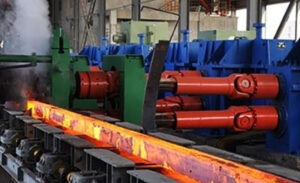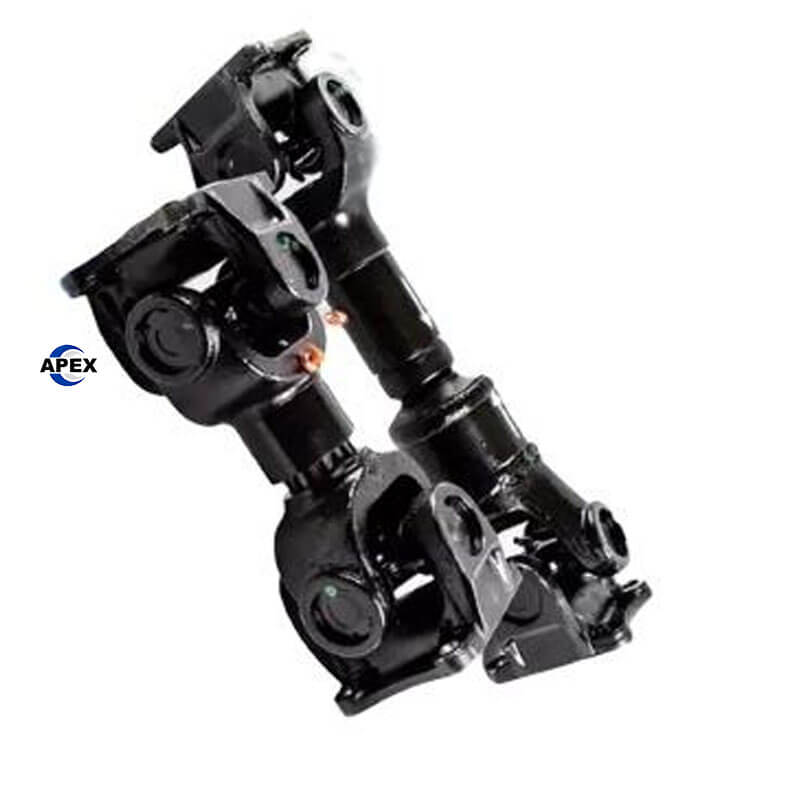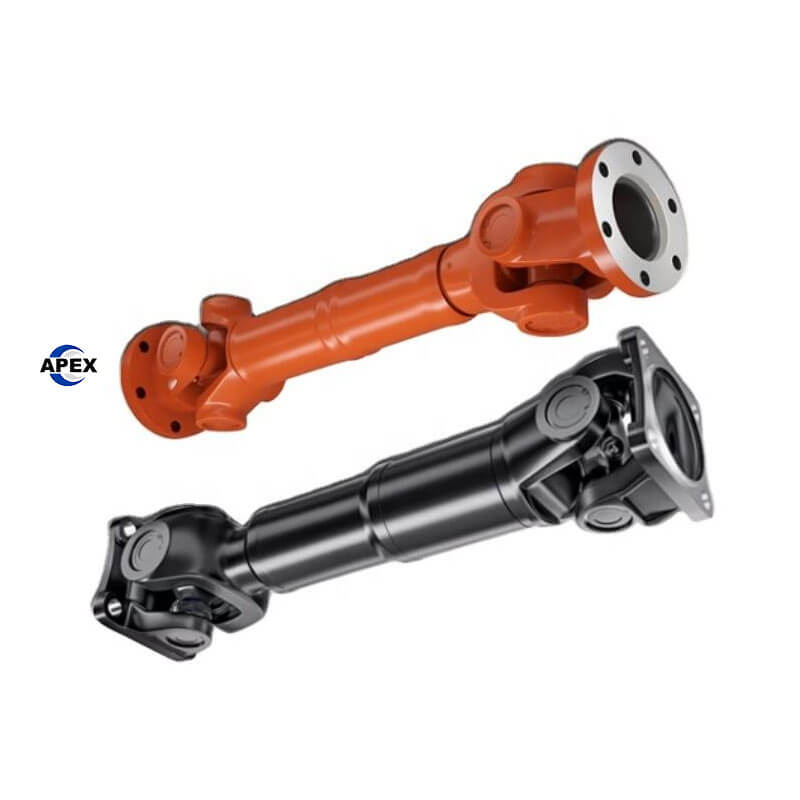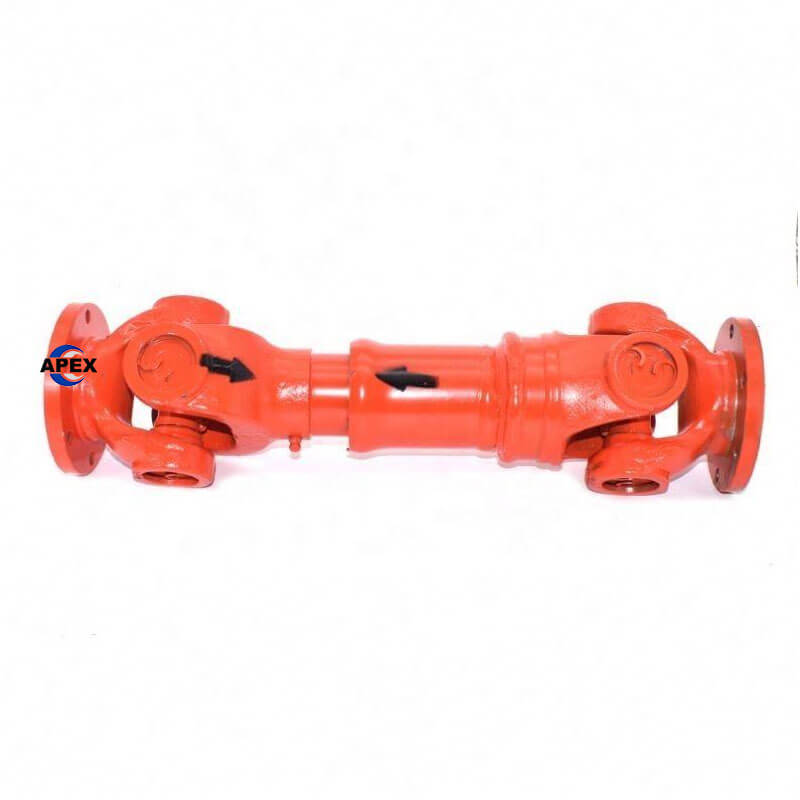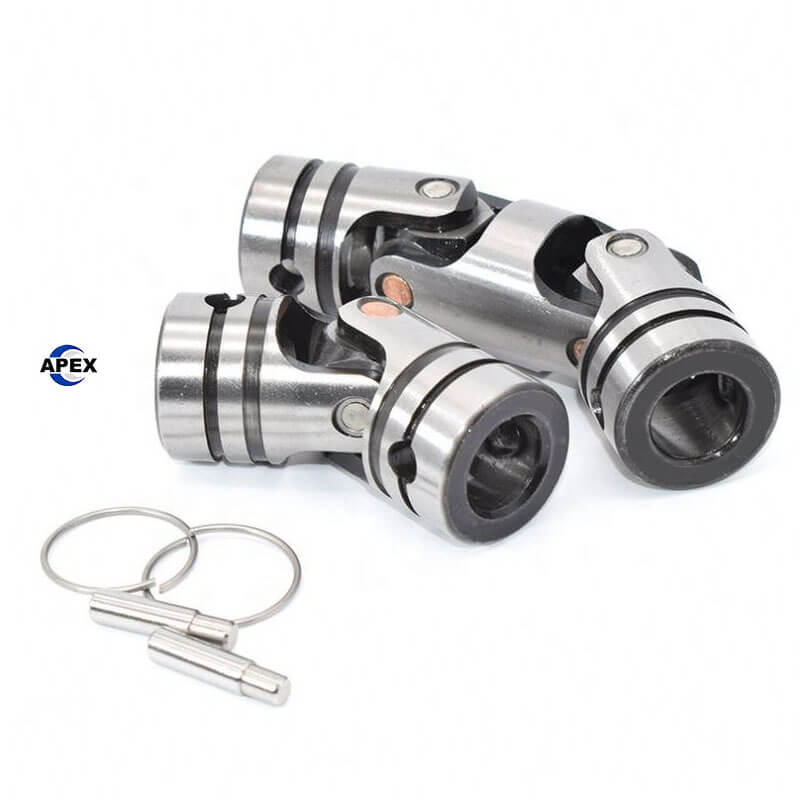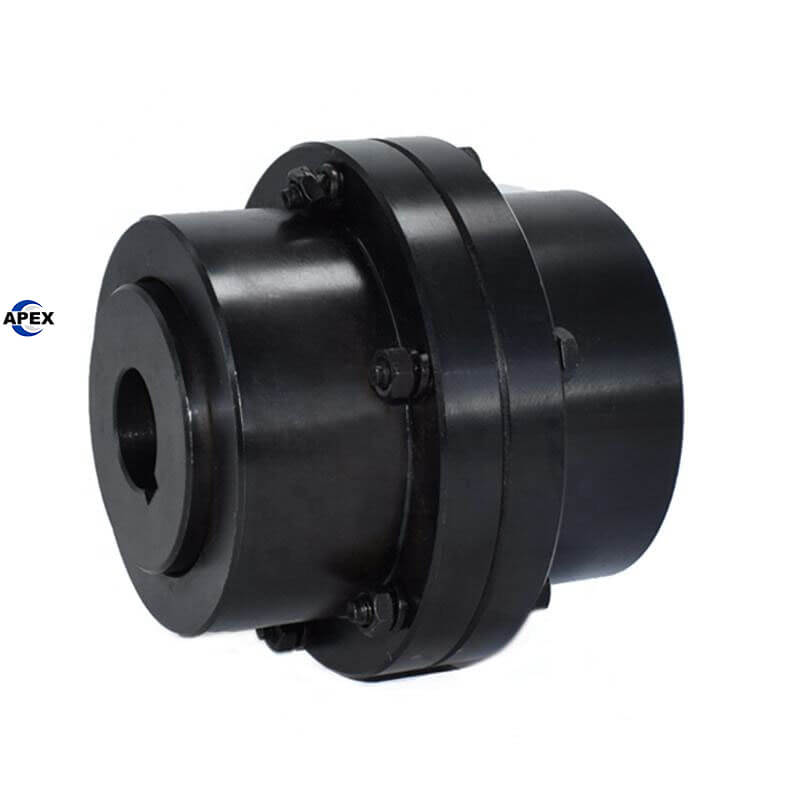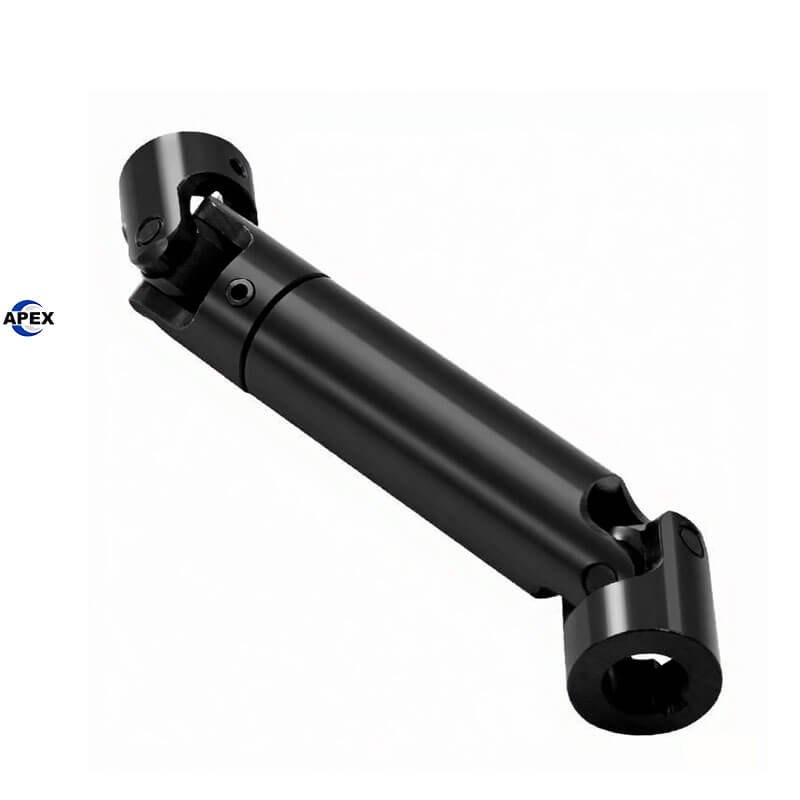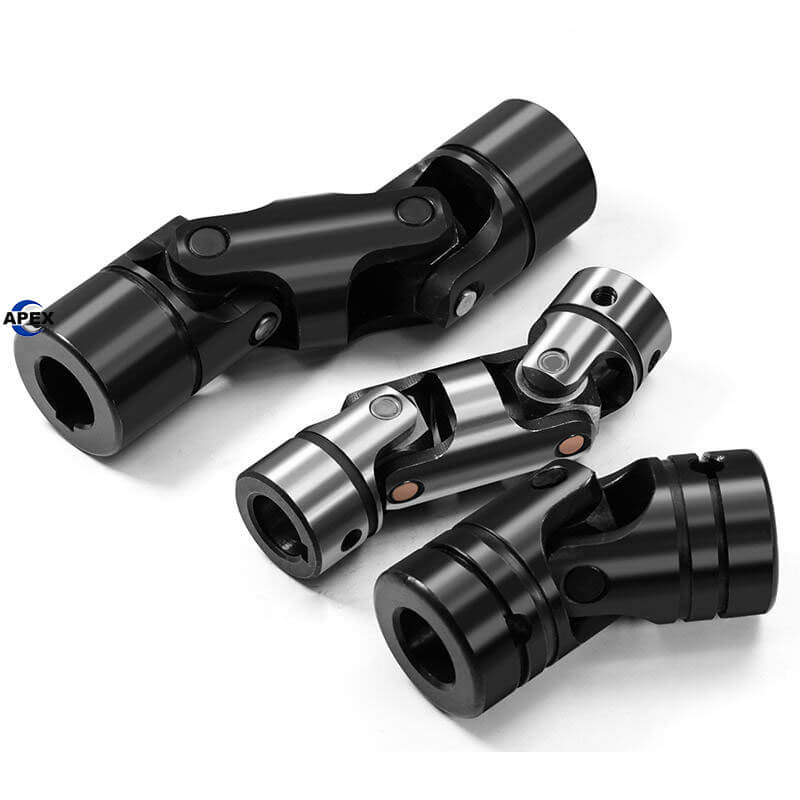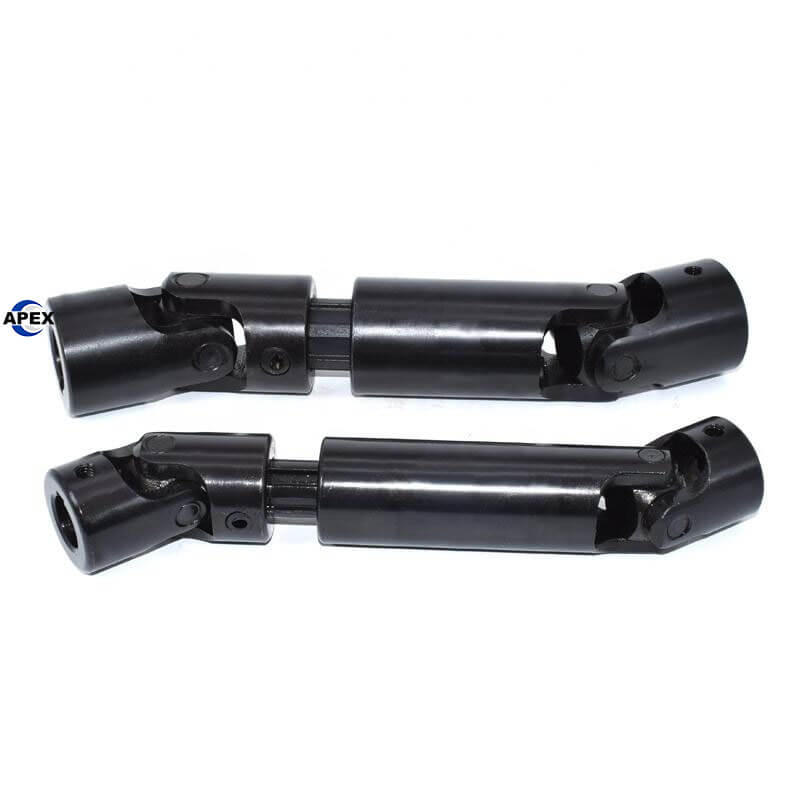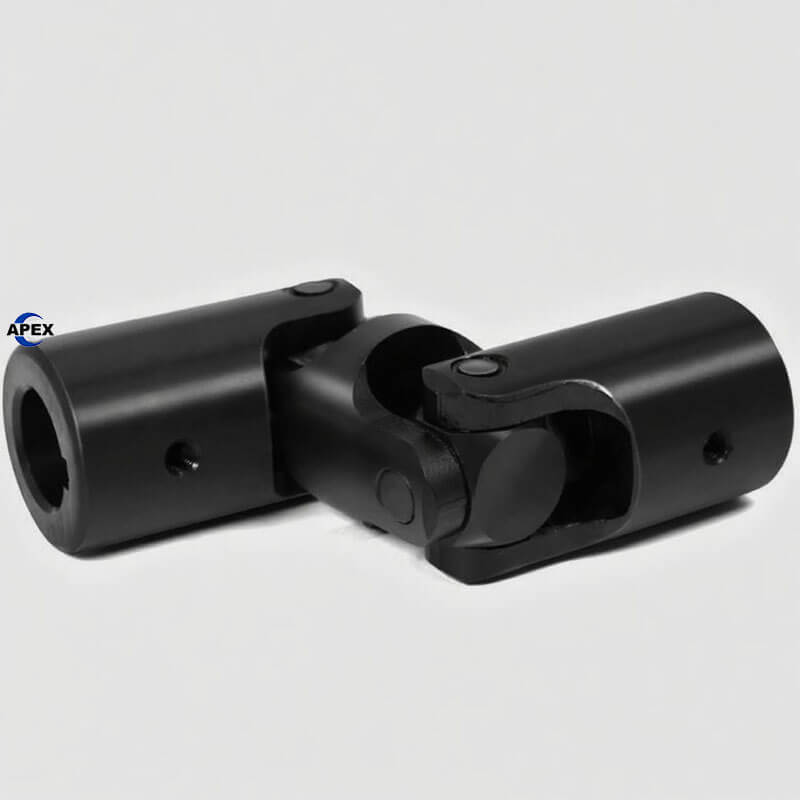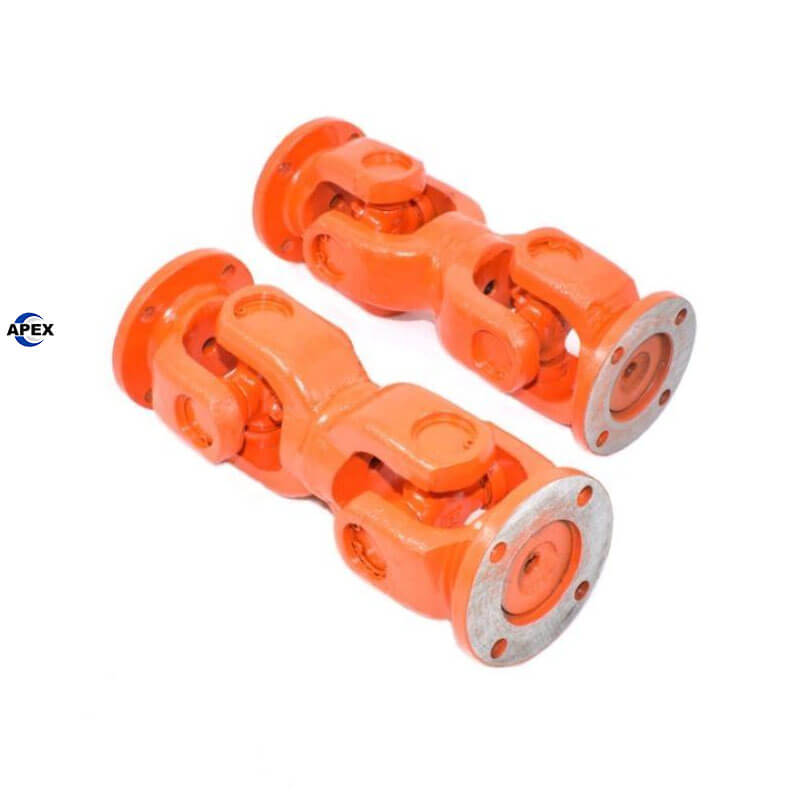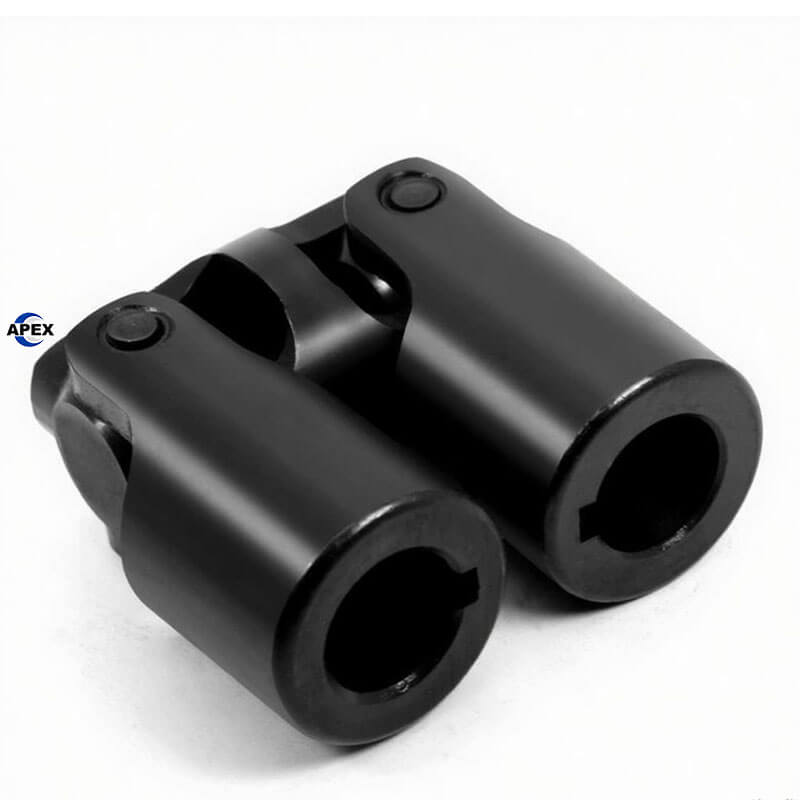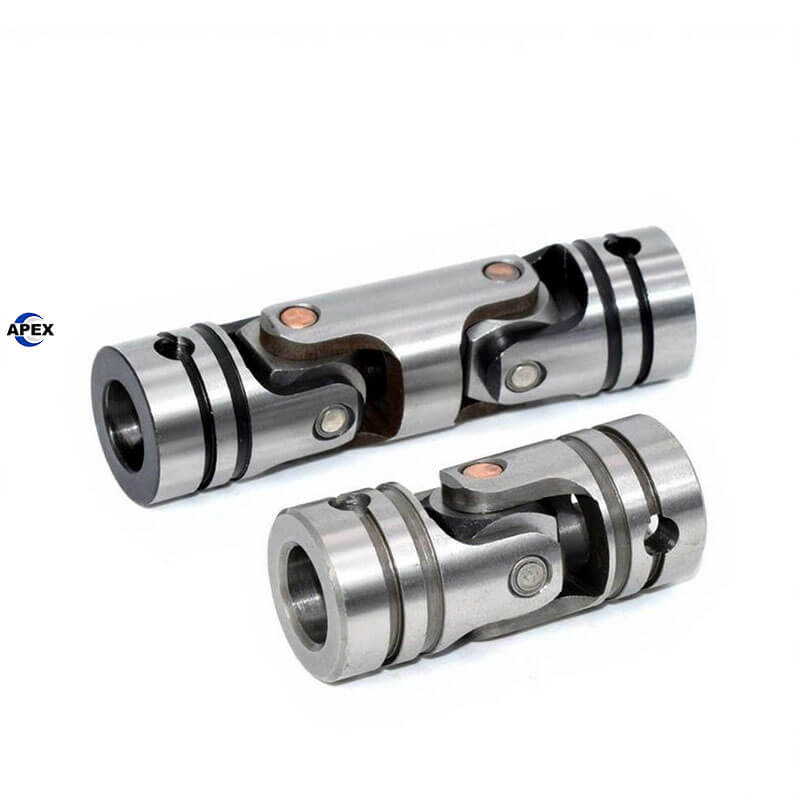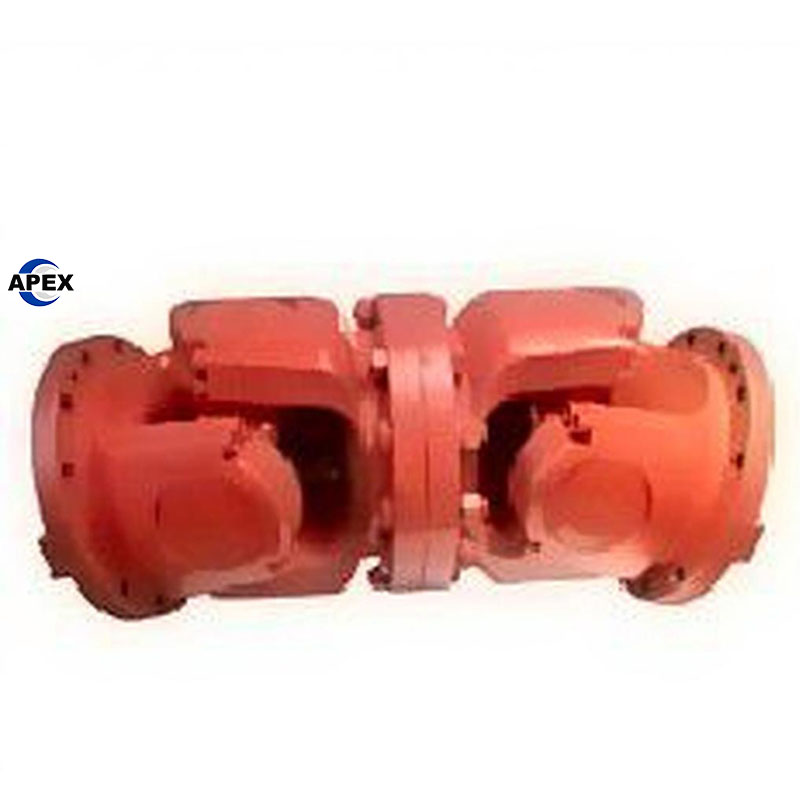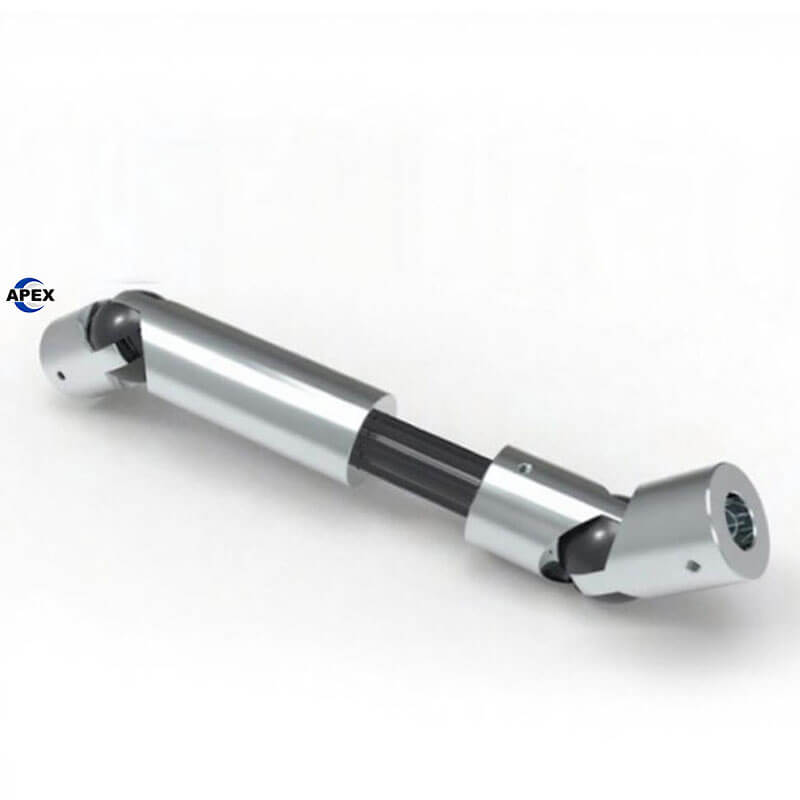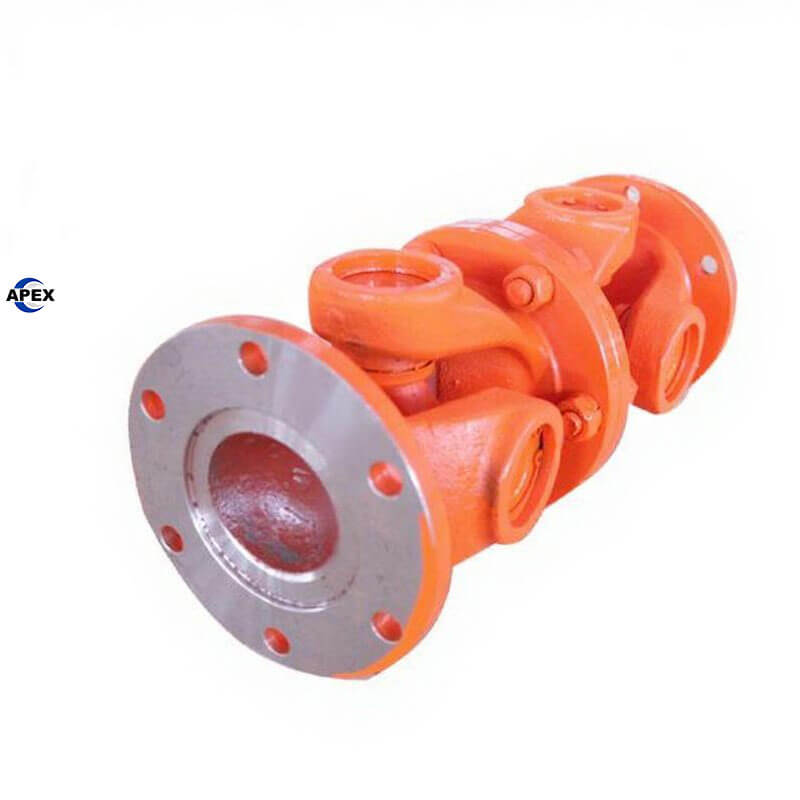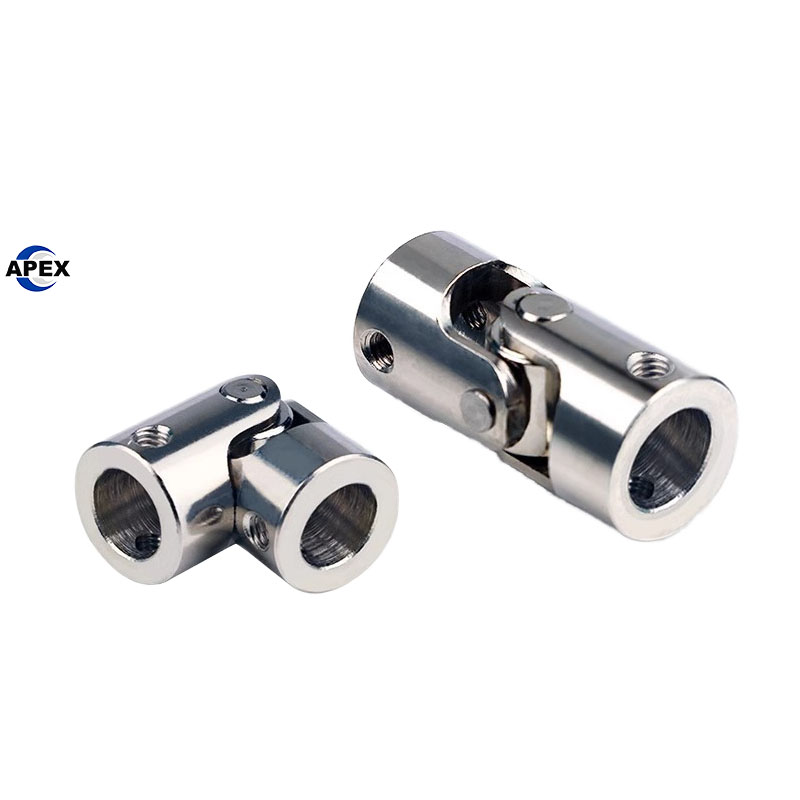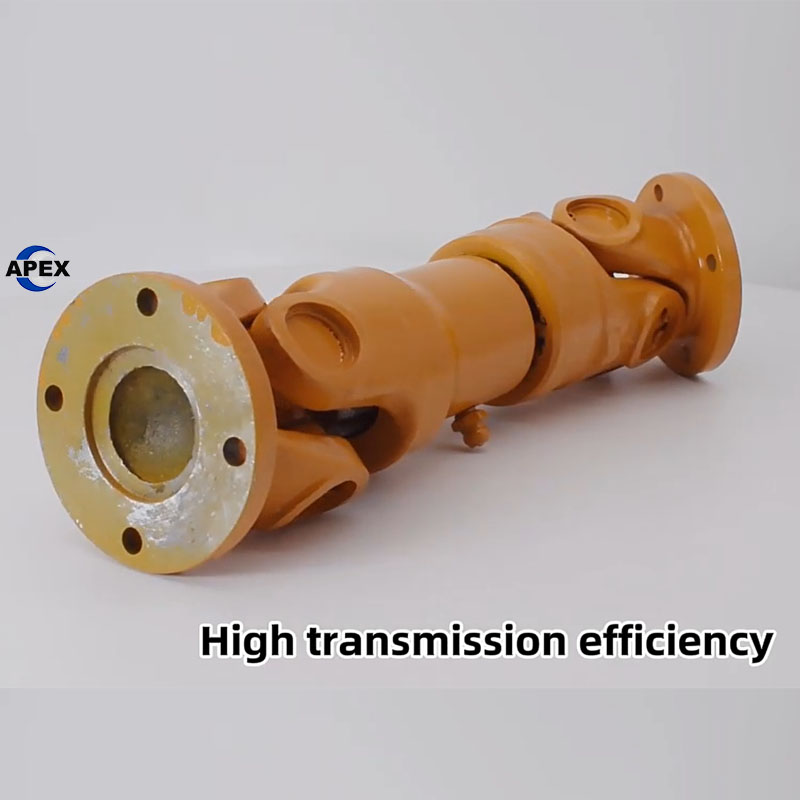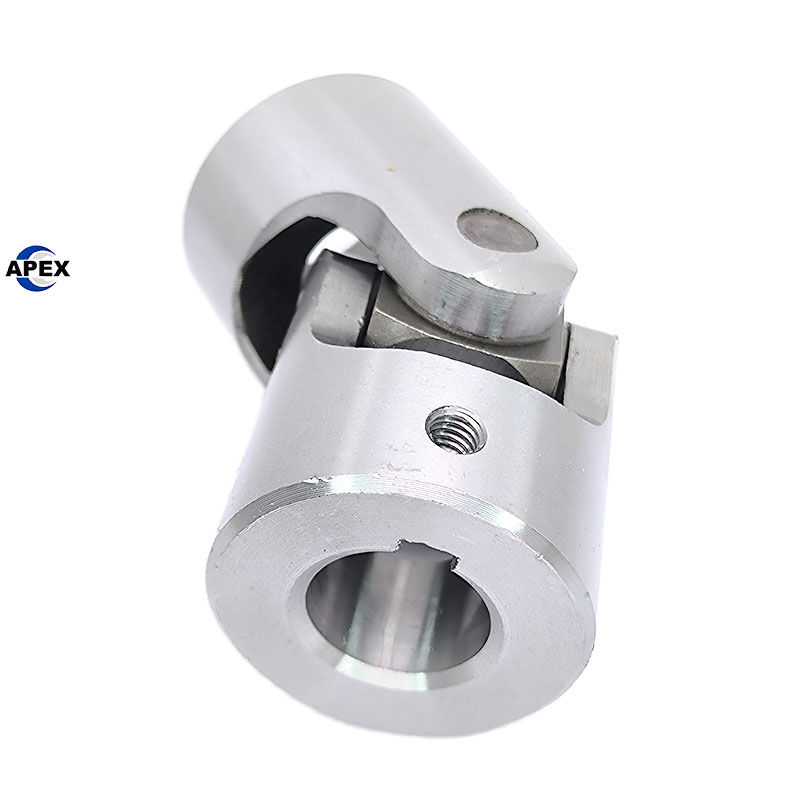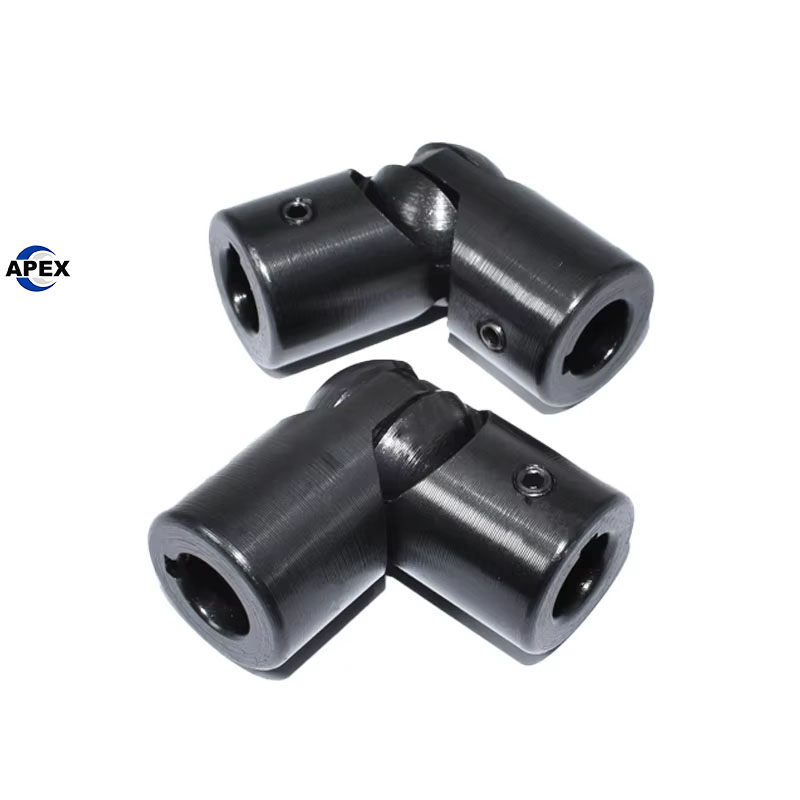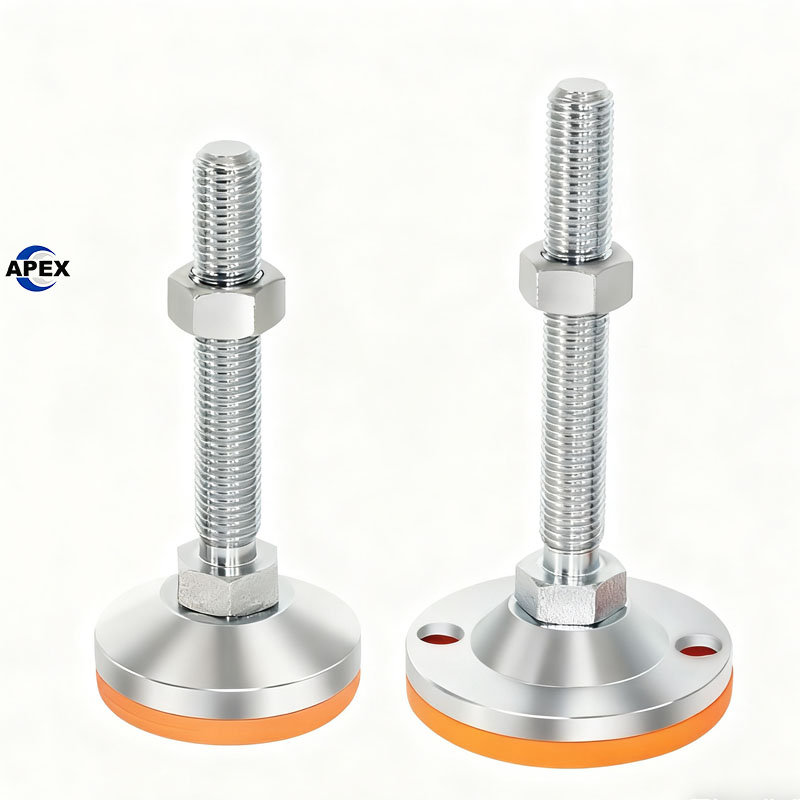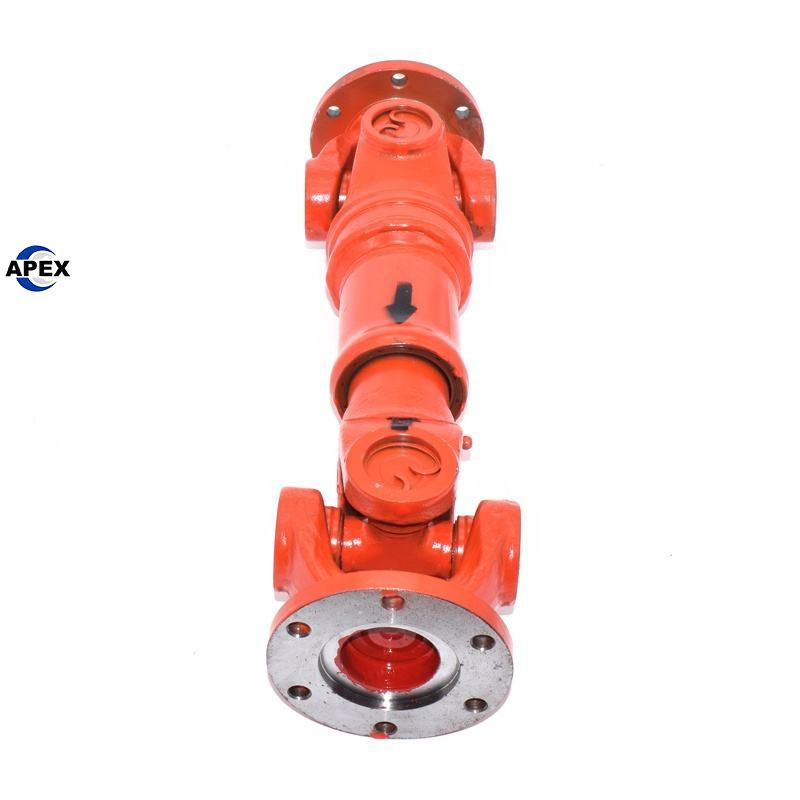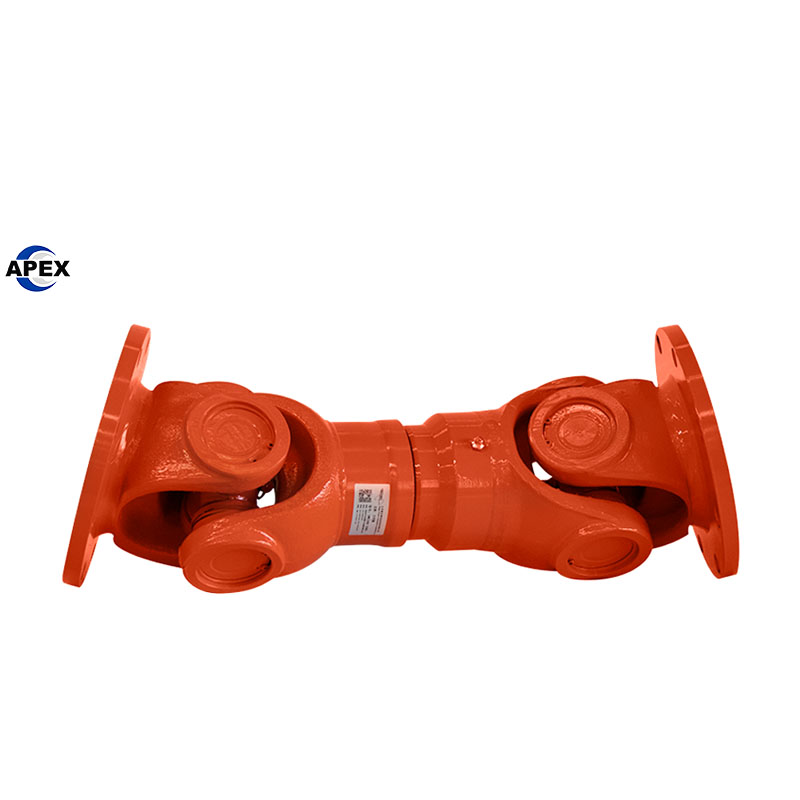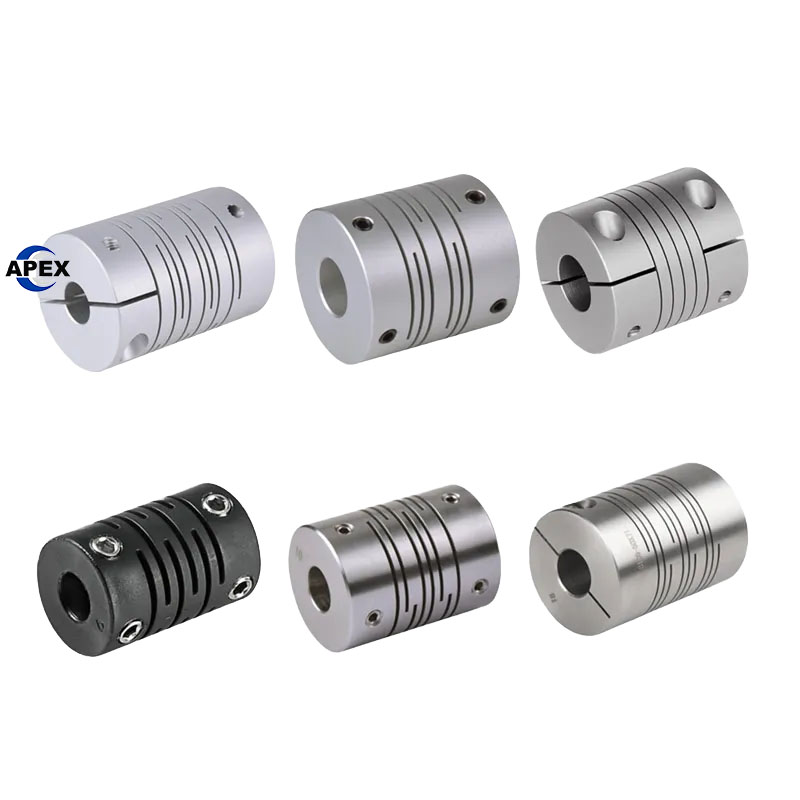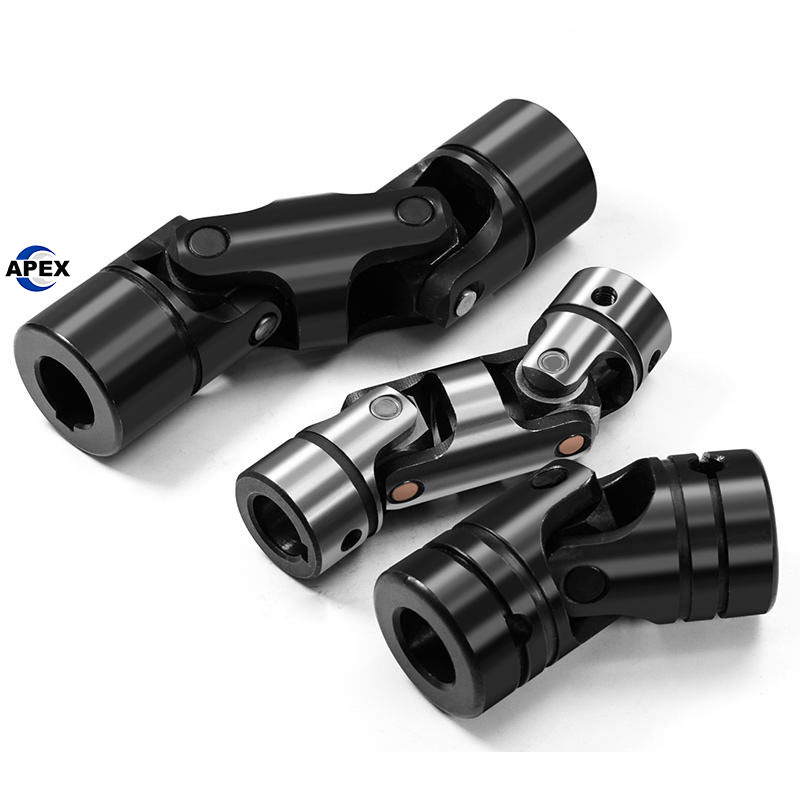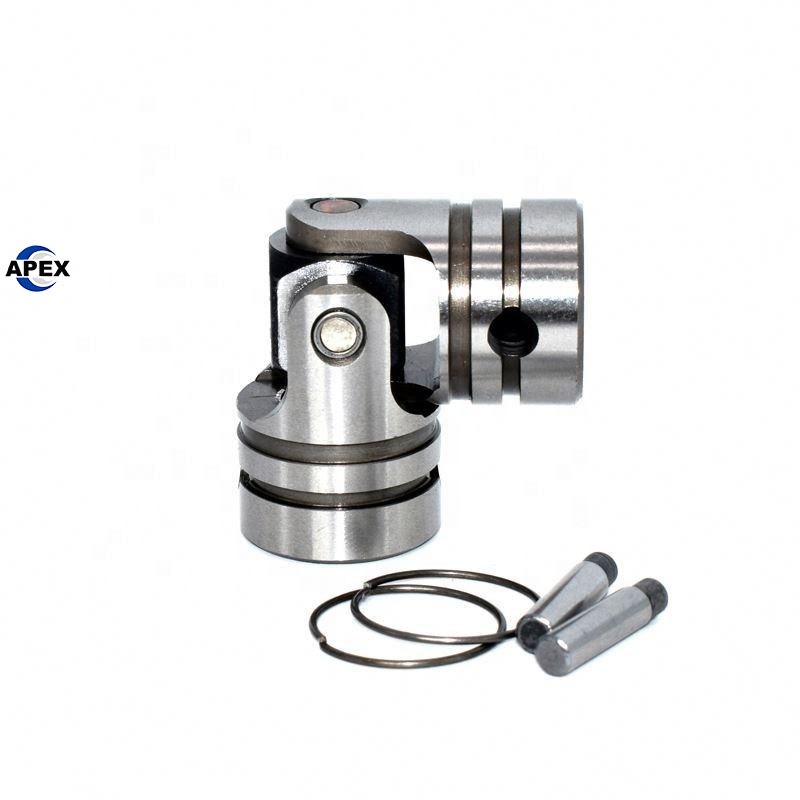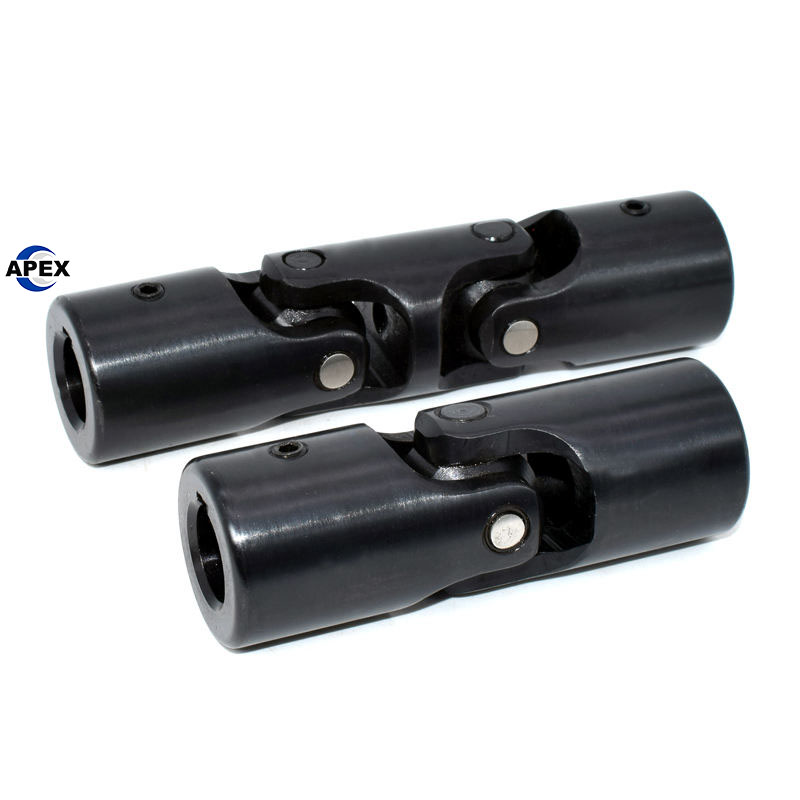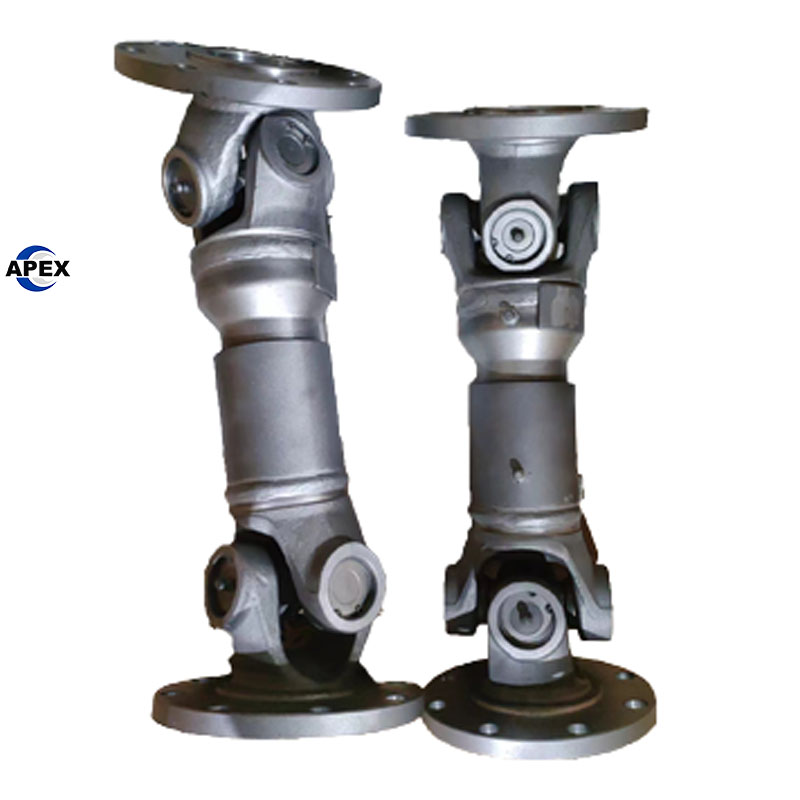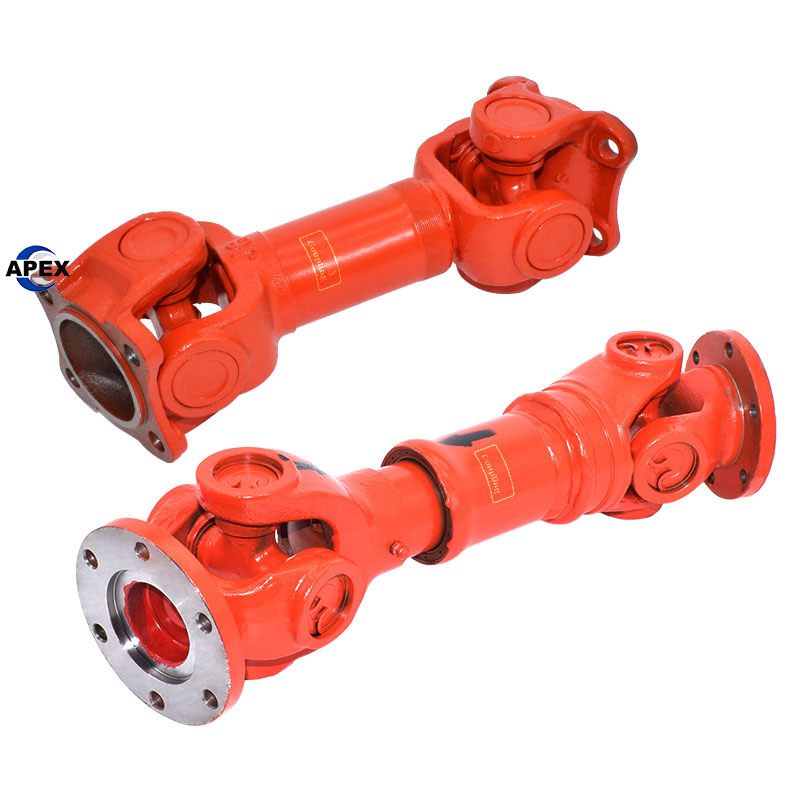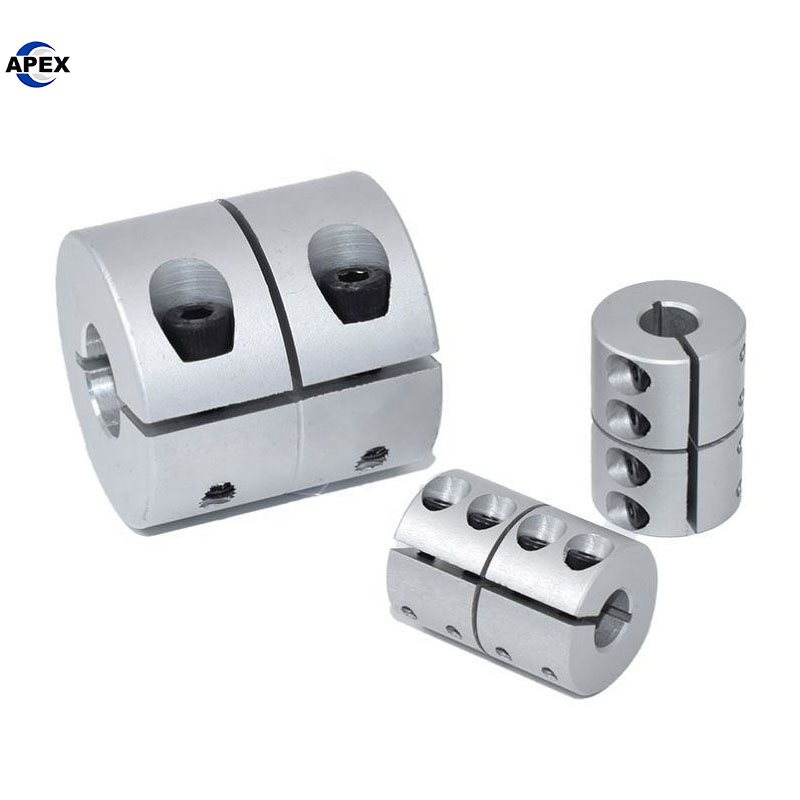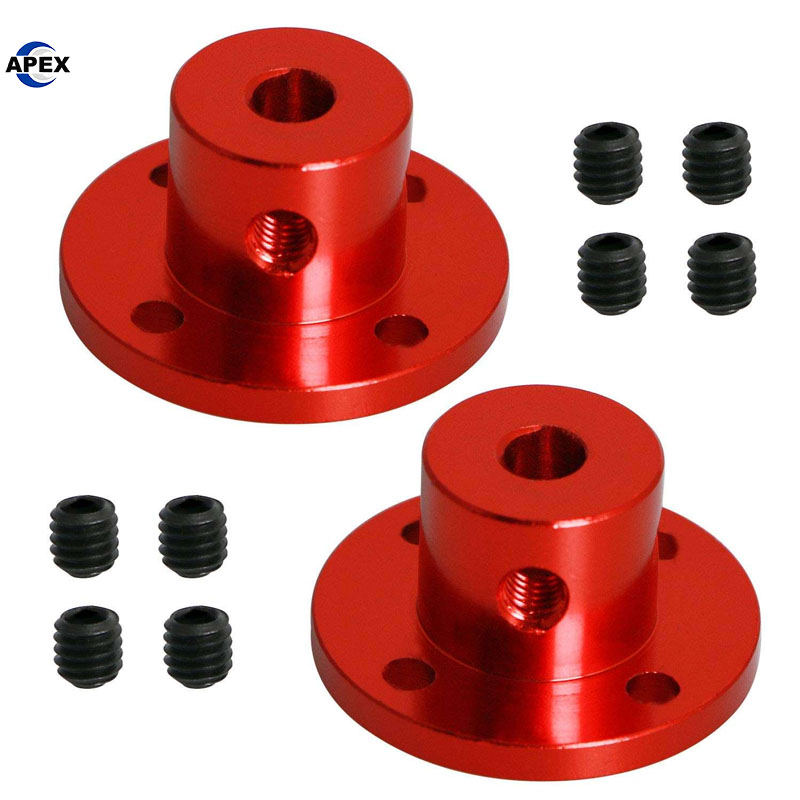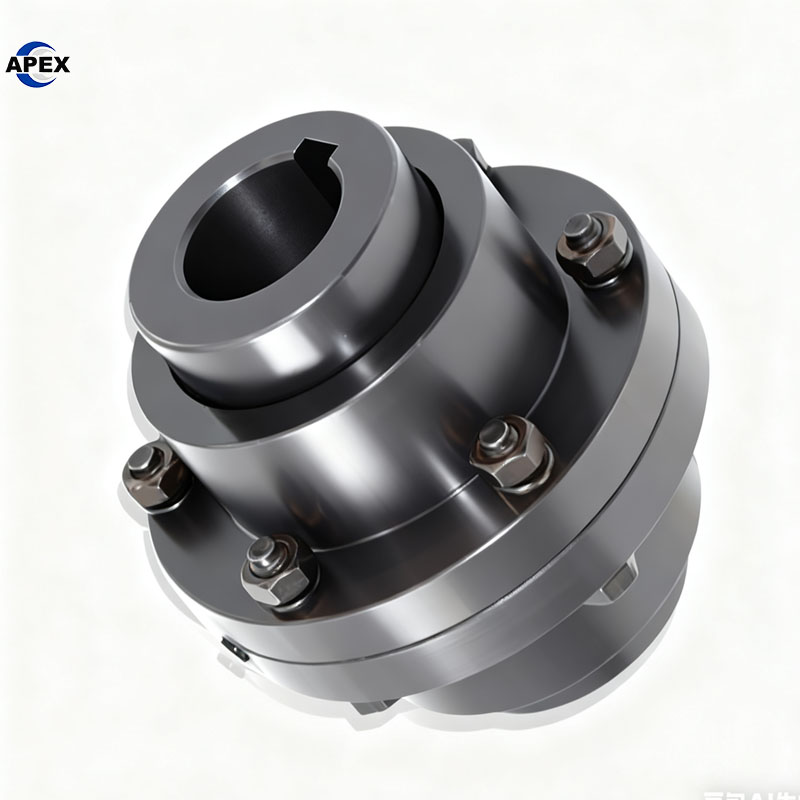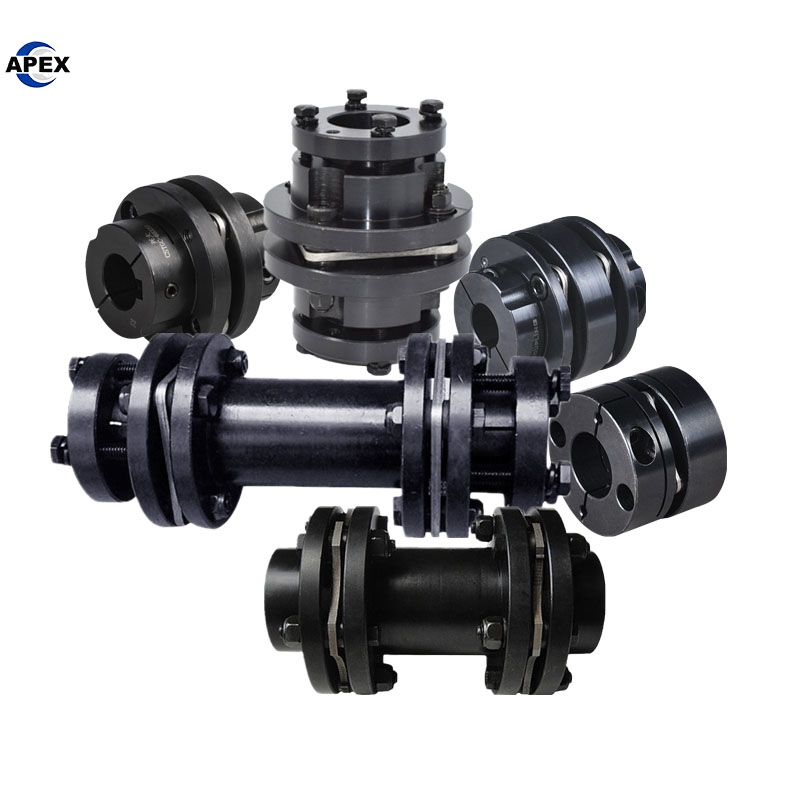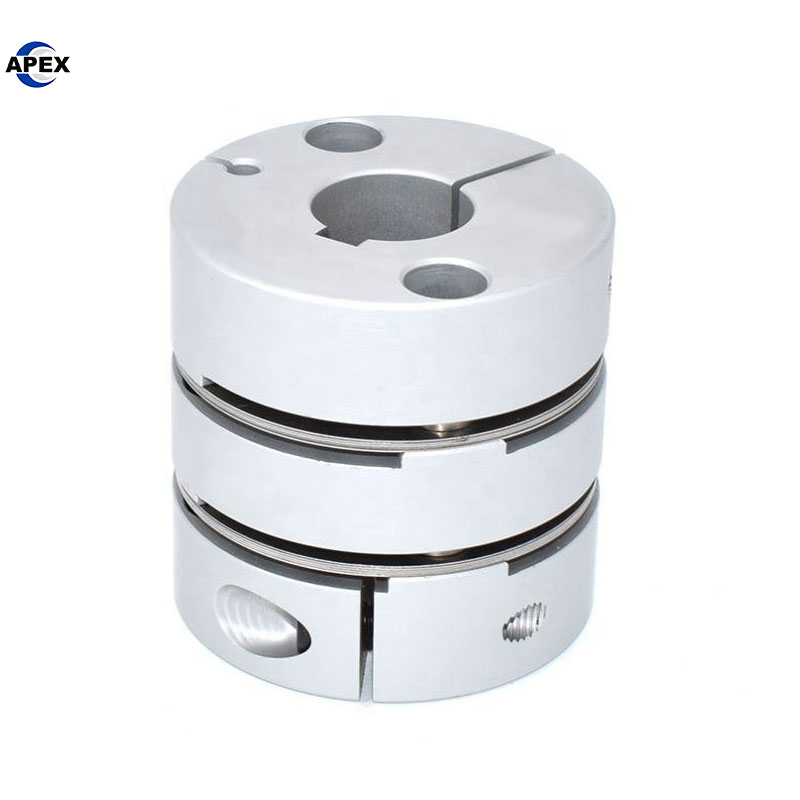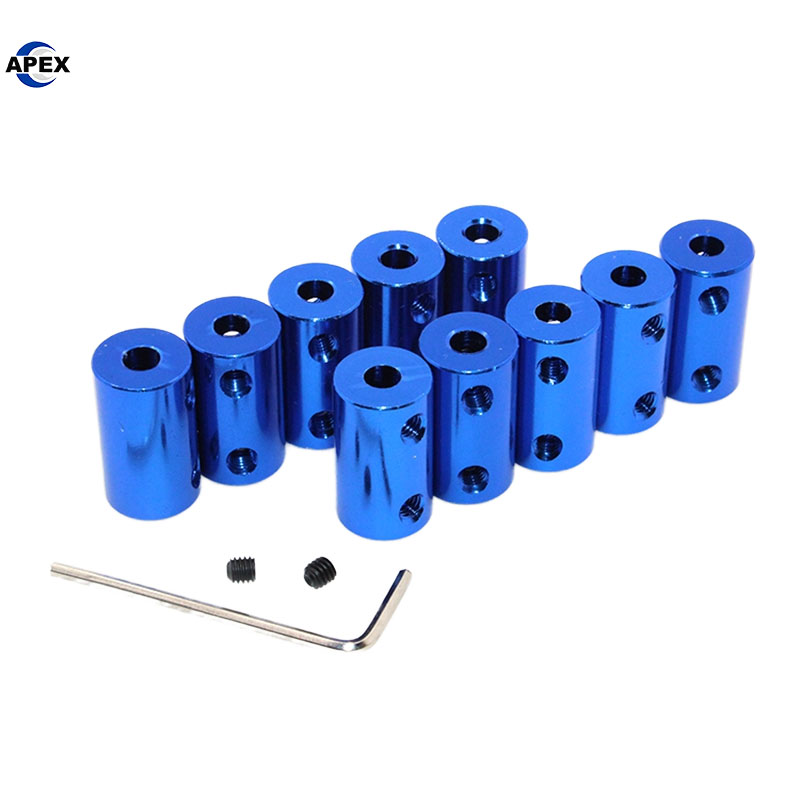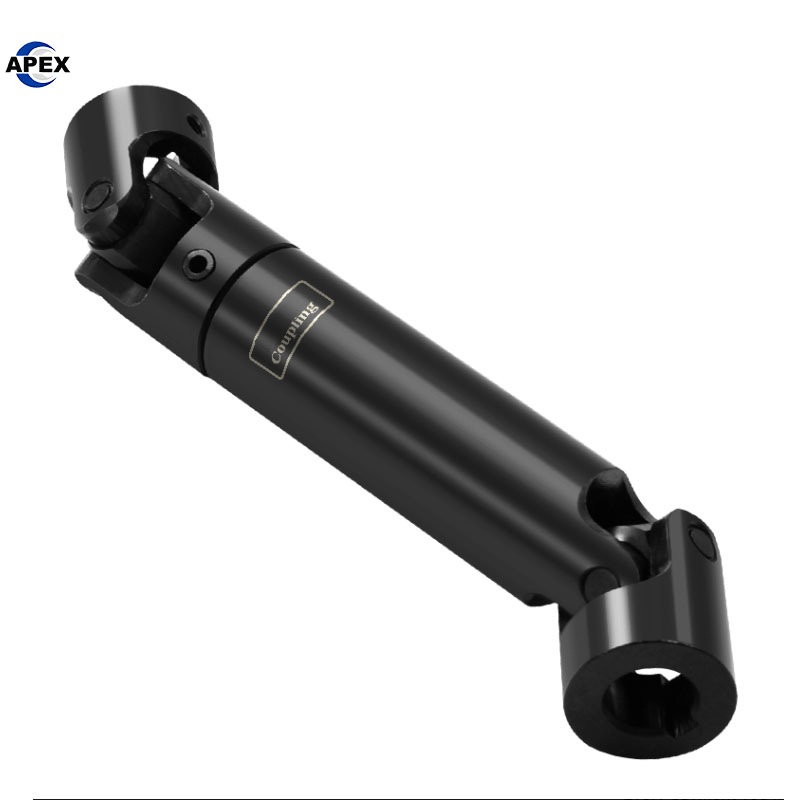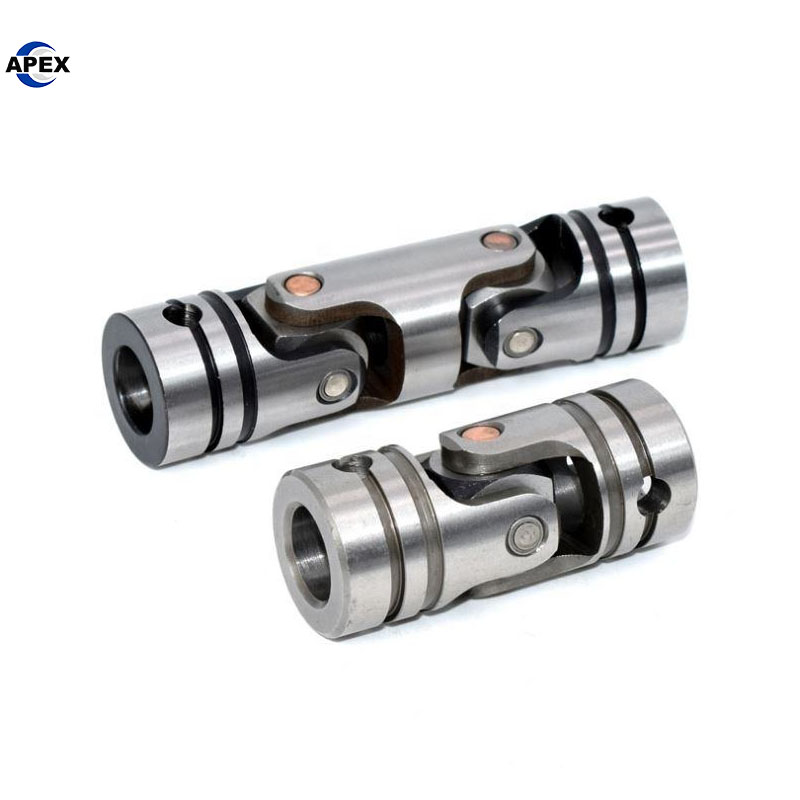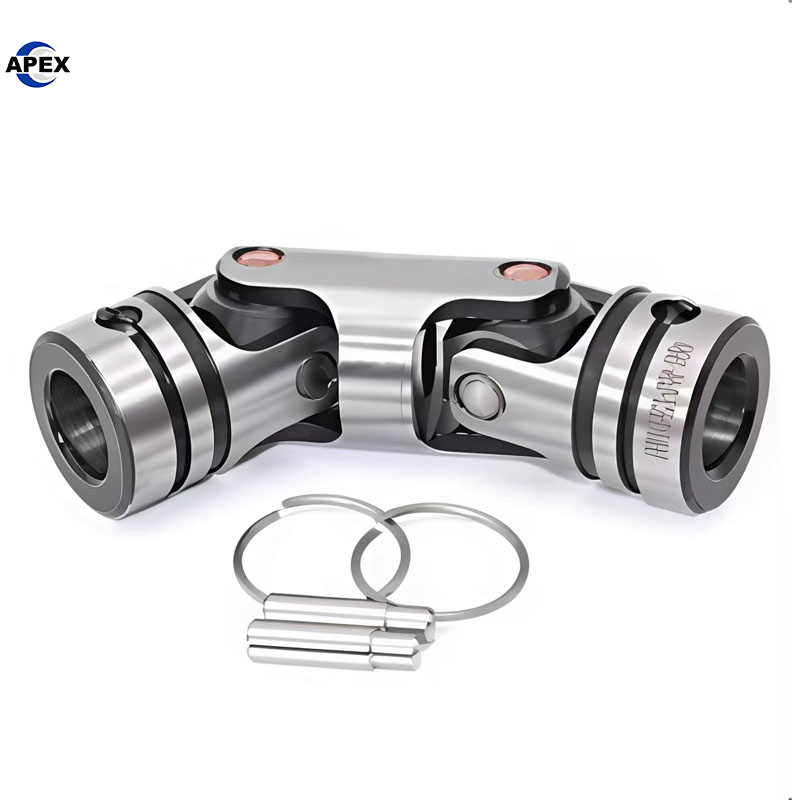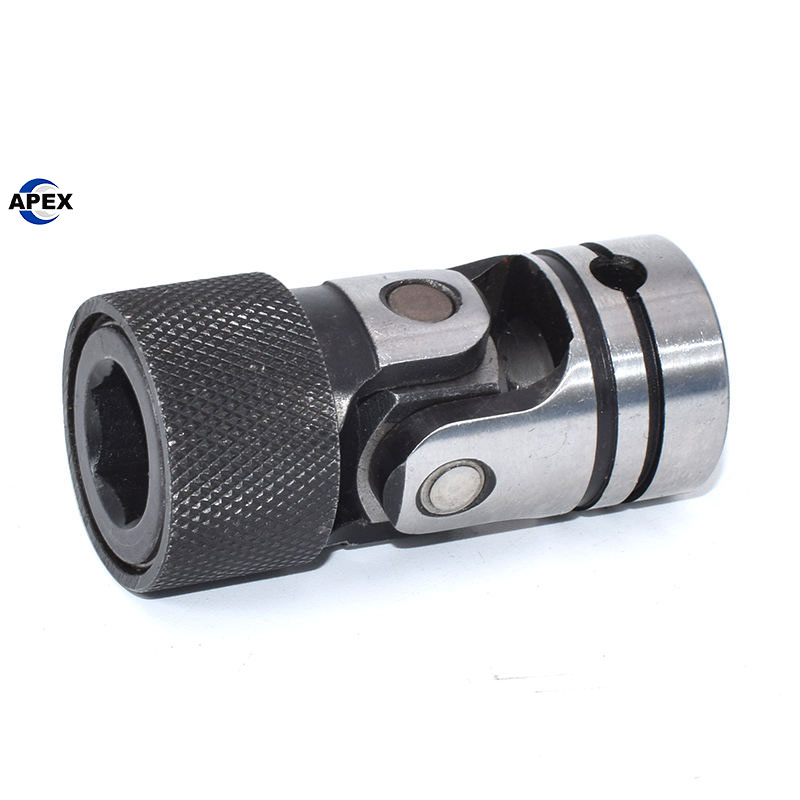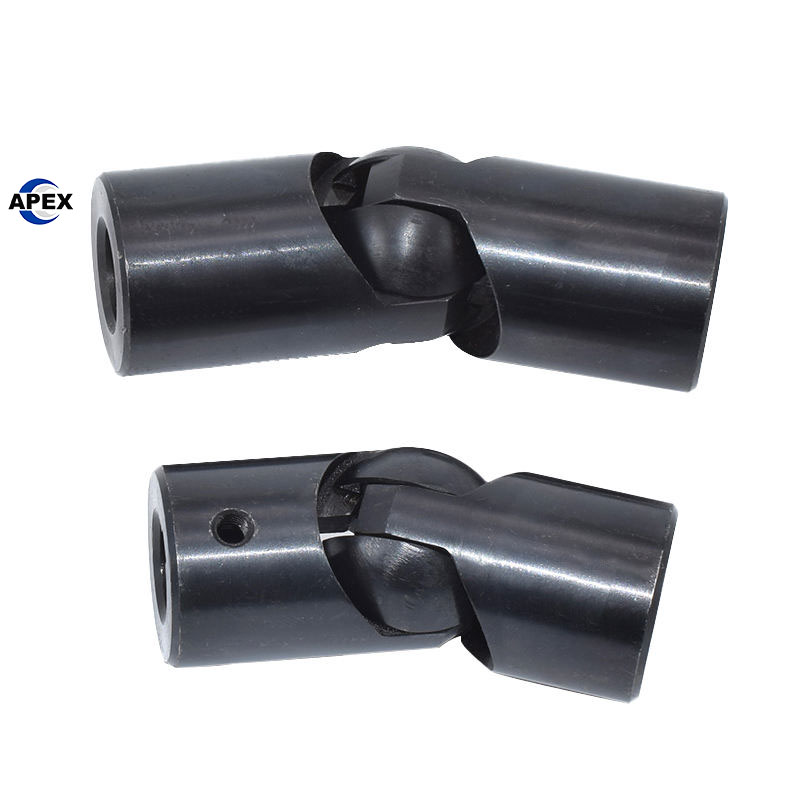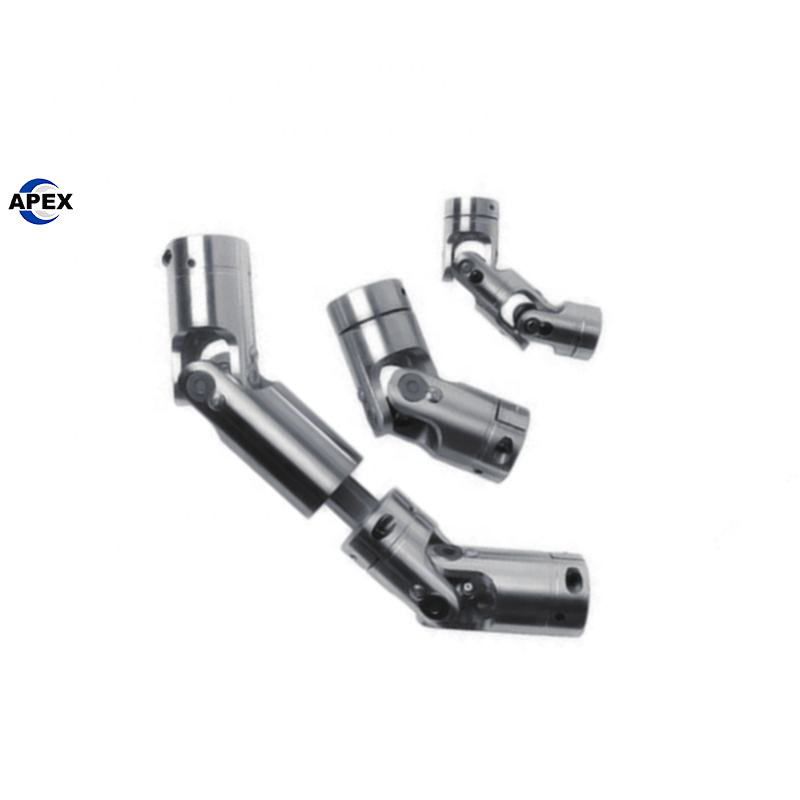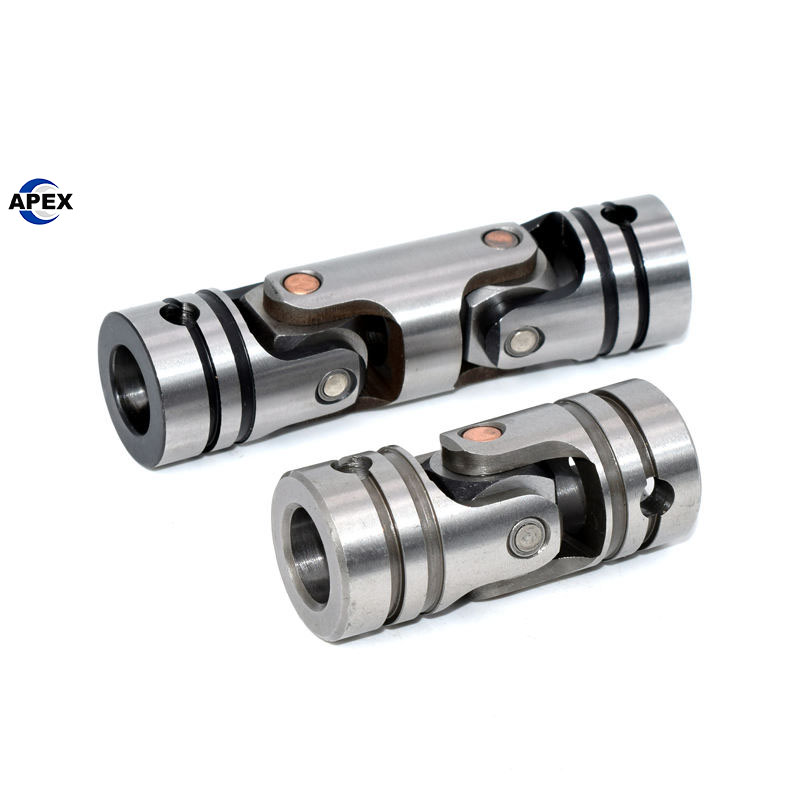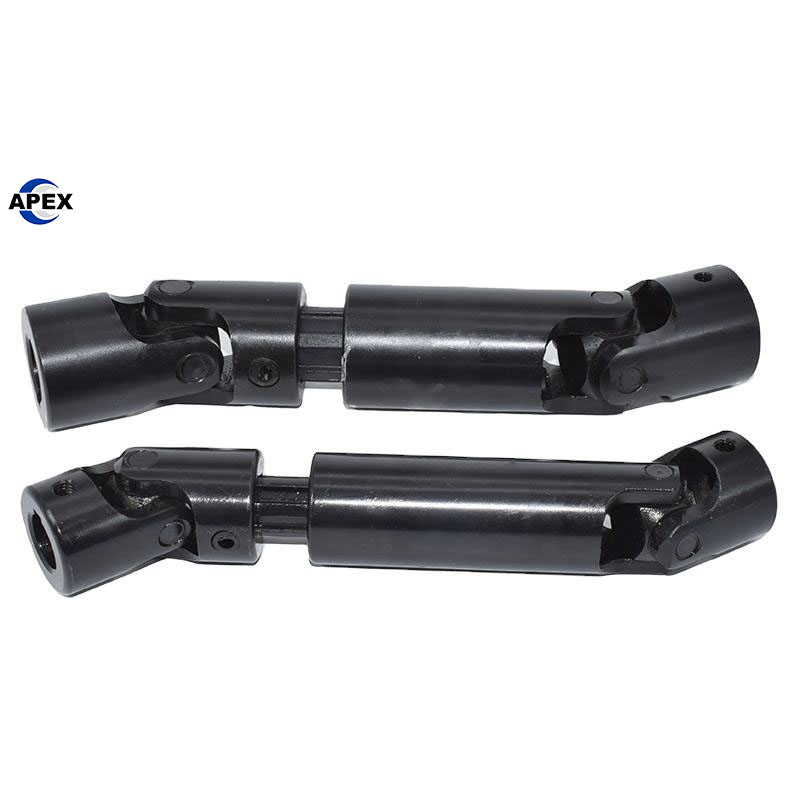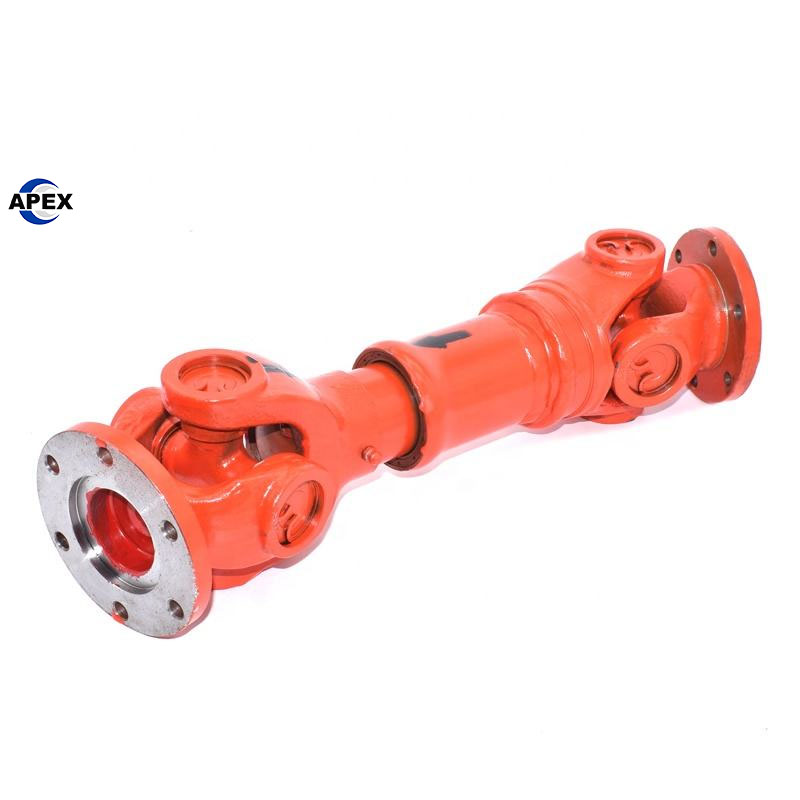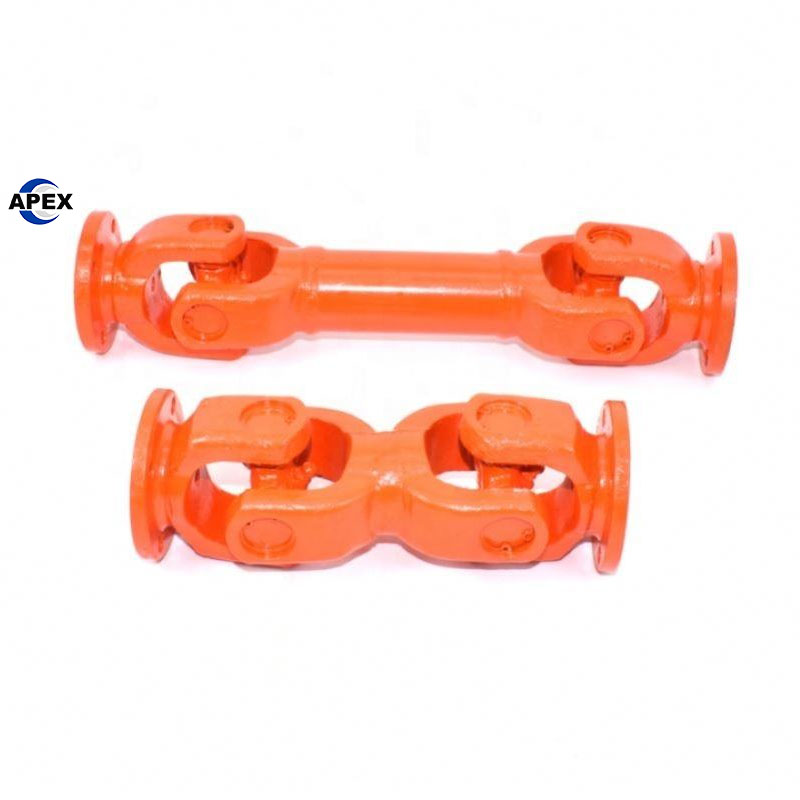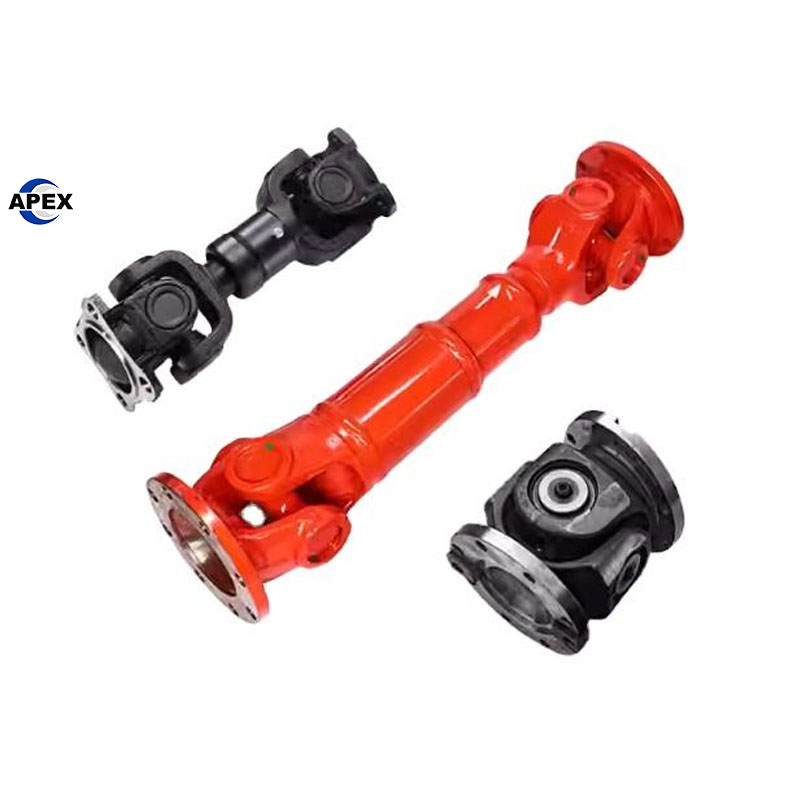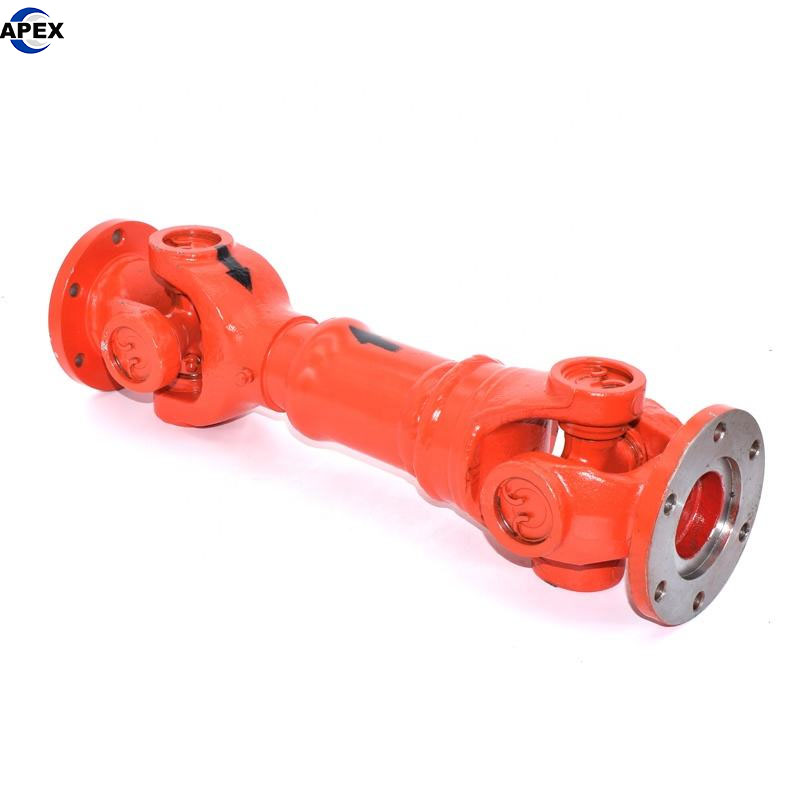OEM ODM shaft coupling, flexible shaft coupling, motor shaft coupling manufacturer.
shaft couplings, rigid shaft coupling, small engine shaft coupling, universal joint shaft coupling price supplier.
Apex Coupling: Your OEM/ODM Partner for High-Performance Flexible Shaft Couplings. We provide custom-designed, durable couplings for various industries, ensuring perfect fit and reliable power transmission. Get your solution now!
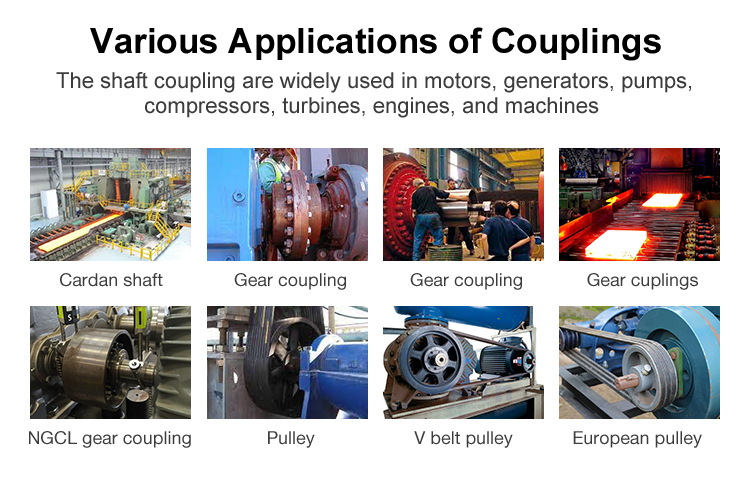
How to choose shaft coupling?
A 5-Step Guide to Selecting a Shaft Coupling
Step 1: Identify the Application’s Primary Need & Service Factor
First, understand the why. What is the main challenge in your application?
Is it Vibration? (e.g., from a diesel engine)
Is it Shock Loads? (e.g., from a crusher or punch press)
Is it Misalignment? (e.g., from thermal expansion or installation error)
Is it Precision? (e.g., in a CNC machine or robot)
The driven equipment determines the Service Factor. Multiply your motor’s torque by this factor to account for operational harshness.
| Driven Equipment | Typical Service Factor | Primary Need |
|---|---|---|
| Centrifugal Pumps, Fans | 1.2 – 1.5 | Misalignment, Vibration |
| Conveyors | 1.4 – 1.7 | Shock Loads, Misalignment |
| Compressors | 1.5 – 2.0 | Torque, Misalignment |
| Crushers, Hammer Mills | 2.0 – 3.0+ | Severe Shock Loads |
Step 2: Determine Key Technical Parameters
Gather these non-negotiable specs:
| Parameter | How to Find It & Why It’s Critical |
|---|---|
| Torque (N-m or lb-in) | Calculation: Torque = (Power kW × 9550) / Speed (RPM). The coupling’s rated torque must exceed your calculated torque (including service factor). |
| Shaft Sizes & Keyways | Measure the diameter of both shafts. The coupling must fit. |
| Speed (Max. RPM) | The coupling must be rated for your operating speed. High speeds require balanced couplings. |
| Type & Amount of Misalignment | Estimate the angular, parallel, and axial misalignment. The coupling must accommodate it. |
Step 3: Select the Coupling Type Based on Your Primary Need
This is the core decision. Match the coupling’s strength to your primary need from Step 1.
| If Your Primary Need Is… | Choose This Coupling Type | Key Advantage | Best For… |
|---|---|---|---|
| Vibration Damping & General Purpose | Jaw/Spider Coupling | Excellent vibration absorption, maintenance-free. | Pumps, fans, conveyors. |
| Precision & Zero Backlash | Disc or Bellows Coupling | High torsional stiffness, zero backlash. | Servo motors, CNC machines, robotics. |
| High Torque & Misalignment | Gear Coupling | Very high torque for its size. | Heavy industry (steel, mining). Requires lubrication. |
| Severe Shock Loads | Grid Coupling | Excellent shock absorption, robust. | Crushers, punch presses. |
| Very High Angular Misalignment | Universal Joint (U-Joint) | Handles large angles (>15°). | Vehicle driveshafts, rolling mills. |
Step 4: Evaluate the Operating Environment
The surroundings dictate material and design choices.
Temperature: Standard elastomers (in jaw couplings) work to ~100°C. High temps require special materials.
Chemicals/Oils: Exposure to oils or solvents can degrade rubber elements.
Space Constraints: Is the space between shafts limited? Choose a compact coupling (like a bellows or diaphragm).
Maintenance: Can you perform regular lubrication? Gear and grid couplings require it; jaw and disc couplings do not.
Step 5: Finalize with a Trusted Supplier
A good supplier provides:
Accurate technical data (torque/speed curves, misalignment limits).
Engineering support for complex applications.
Customization (OEM/ODM) for special bore sizes, materials, or lengths.
Summary: The Universal Coupling Selection Checklist
Why? What is the primary problem? (Shock, Vibration, Misalignment, Precision)
How Much? Quantify Torque, Speed, Shaft Sizes, and Misalignment.
Where? Consider the Environment (Temperature, Chemicals, Space).
Which One? Match the answers to the coupling type.
Who With? Confirm with a reputable supplier.
Final Recommendation: For the vast majority of general industrial applications (pumps, fans, standard conveyors), a Flexible Jaw Coupling is an excellent, cost-effective, and maintenance-free starting point. For any application involving high speeds, high precision, or severe shock loads, always consult the coupling manufacturer’s engineering team for a verified selection.
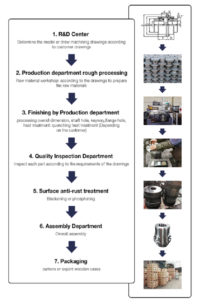
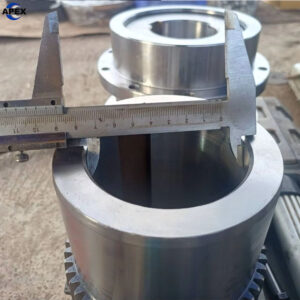
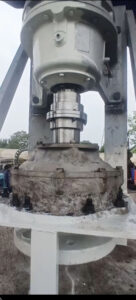
Customization options, customized on demand, sample processing, graphic processing.
Product Support traceability of raw materials
Quality control conducted on all production lines.
R&D engineer education levels3 graduate
Choose Confidence. Choose Safety.
Contact us today to discuss how our certified quality and safety standards can protect your operations. Request a quote and receive full technical data sheets for your evaluation.
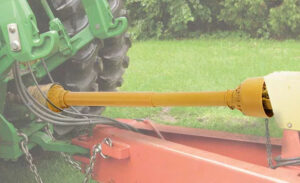
Our Commitment to You:
We guarantee that every coupling leaving our facility is built to perform safely and reliably. Our quality is not just a promise—it’s a result of a systematic, verifiable process built into everything we do.
